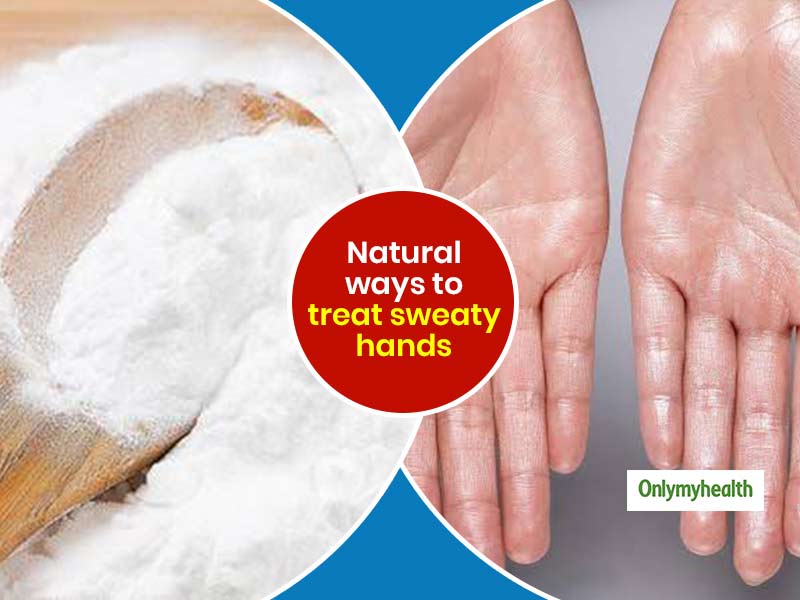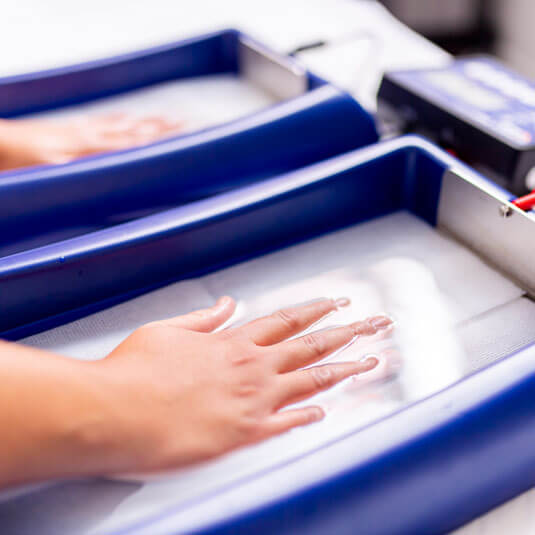Comprehensive Overview to Sweaty Hands Treatment: Proven Dermatology Strategies
Comprehensive Overview to Sweaty Hands Treatment: Proven Dermatology Strategies
Blog Article
Unveiling the Intricacies of Excessive Sweating: A Comprehensive Guide to Medical Diagnosis and Administration
Excessive sweating, clinically known as hyperhidrosis, is a condition that affects a substantial number of individuals and can have an extensive influence on their top quality of life. While sweating is a natural bodily function, its overactivity in hyperhidrosis offers a distinct collection of obstacles that often go past simple discomfort.

Comprehending Hyperhidrosis Causes
Hyperhidrosis causes can be associated to various variables such as genetics, hormonal discrepancies, and certain medical conditions. Genetics play a substantial role in main focal hyperhidrosis, where individuals acquire the condition from their household participants. By determining the details elements contributing to too much sweating, healthcare carriers can tailor therapy plans to deal with the underlying cause, using alleviation and improving the high quality of life for individuals affected by hyperhidrosis.
Recognizing Hyperhidrosis Manifestations

Additionally, hyperhidrosis signs and symptoms might manifest in emotional and social distress, as people may really feel embarrassed or distressed regarding their sweating, leading to avoidance of social situations (Treatment for hyperhydrosis of hands and feet). Furthermore, repeated episodes of too much sweating can cause skin maceration, fungal infections, and a general decrease in self-worth
Diagnostic Refine for Hyperhidrosis
Starting the analysis procedure for excessive sweating entails comprehensive evaluation of the person's case history and checkup. Asking about the onset, period, and causes of sweating episodes is critical to distinguish between main focal hyperhidrosis and additional generalised hyperhidrosis. Clinical history needs to also include concerns about medicines, clinical conditions, and household history of hyperhidrosis.
Throughout the checkup, particular interest is paid to the locations impacted by sweating. The doctor might evaluate the level of sweating, check for indicators of underlying conditions, and assess the effect of sweating on the person's lifestyle. In addition, certain examinations like the gravimetric examination, starch-iodine test, or skin conductance dimensions might be performed to evaluate the amount of sweat created.
Moreover, in instances where second hyperhidrosis is believed, added examinations such as look at this site blood examinations, pee examinations, and imaging studies may be advised to determine the underlying reason for excessive sweating. The diagnostic process aims to properly establish the type and root cause of hyperhidrosis to assist proper management methods.
Treatment Alternatives for Hyperhidrosis
When dealing with excessive sweating, different treatment alternatives are readily available to alleviate signs and improve the person's high quality of life. The treatment strategy for hyperhidrosis depends on the severity of signs and the individual's action to first therapies.
Topical therapies, such as aluminum-based antiperspirants, are commonly suggested as the first line of protection why not try here for handling mild instances of hyperhidrosis. These items function by connecting the sweat ducts, thus lowering the quantity of sweat that reaches the skin's surface. For individuals with much more severe symptoms, oral medications like anticholinergics might be suggested to help lower sweating. Nevertheless, these medicines can have negative effects and are not suitable for every person.

Effective Administration Strategies
To properly take care of hyperhidrosis, a detailed and personalized treatment plan customized to the person's specific needs and action to previous treatments is necessary. Iontophoresis, entailing the usage of a reduced electrical present to lower sweat gland task, can be beneficial for both palmoplantar and axillary hyperhidrosis. A multidisciplinary strategy involving skin doctors, main care doctors, and, if needed, doctors, can enhance the monitoring of hyperhidrosis.
Verdict
In final thought, hyperhidrosis go to my blog is a condition characterized by excessive sweating, which can considerably affect an individual's high quality of life. With correct diagnosis and administration approaches, people enduring from hyperhidrosis can find alleviation and improve their total wellness.
Excessive sweating, clinically known as hyperhidrosis, is a problem that impacts a significant number of people and can have a profound effect on their quality of life. By determining the particular aspects adding to too much sweating, healthcare companies can tailor treatment plans to attend to the underlying reason, using relief and improving the high quality of life for people influenced by hyperhidrosis.
Hyperhidrosis, identified by extreme sweating beyond what is required for controling body temperature level, can significantly impact an individual's high quality of life. Asking concerning the beginning, duration, and causes of sweating episodes is vital to set apart between key focal hyperhidrosis and secondary generalised hyperhidrosis. Exessive Sweating.In verdict, hyperhidrosis is a condition characterized by excessive sweating, which can significantly influence an individual's quality of life
Report this page